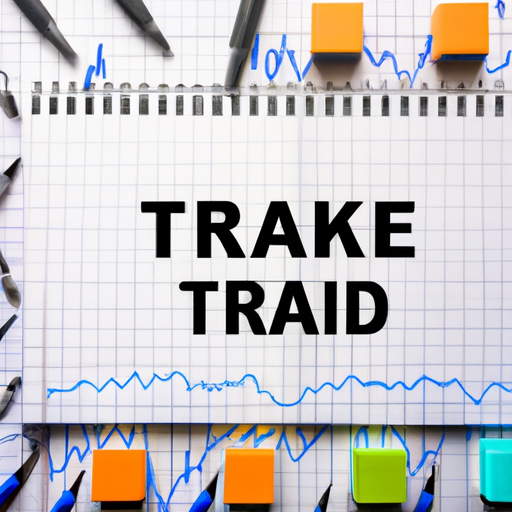Understanding How To Trade With Market Dynamics
Trade with market dynamics can be an exhilarating journey that combines strategy, risk management, and a keen understanding of how financial markets operate.
As you dive into the world of trading, recognizing the importance of adapting to market conditions is crucial.
The Basics Of Trading With Market Dynamics
Trading with market dynamics involves more than just buying low and selling high.
It requires understanding the market trends and knowing when to enter and exit trades.
Market dynamics are influenced by various factors including economic indicators, political events, and investor sentiment.
For instance, when major economic reports are released—like unemployment rates or GDP growth figures—markets can react sharply.
A skilled trader will know how to interpret these reports and make informed decisions quickly.
Moreover, keeping an eye on global news is essential; geopolitical events can cause sudden swings in market prices.
Developing A Trading Strategy
A robust trading strategy is indispensable for anyone who wants to trade with market success.
Your strategy should include specific criteria for entering and exiting trades, as well as rules for managing risk.
Technical analysis tools like moving averages or Fibonacci retracements can help you identify potential entry points.
Risk management is another critical aspect when developing a trading strategy.
Using stop-loss orders ensures you don’t lose more than you’re willing to risk on a single trade.
Additionally, diversifying your portfolio across different assets can protect you from significant losses if one asset class underperforms.
For example, if you’re trading forex, it helps to have accounts with some of the top 10 forex brokers in the world to ensure reliability and access to advanced trading tools.
The Role Of High-Frequency Trading
High-Frequency Trading (HFT) has revolutionized how traders approach the market.
This type of trading uses powerful algorithms to execute countless trades at lightning speed.
While HFT is typically employed by institutional investors due to its complexity and cost, understanding its impact on markets is valuable for individual traders.
High-frequency traders thrive on volatility; they use small price discrepancies between markets or exchanges to generate profits.
Although HFT strategies might not be directly applicable for retail traders with a forex account at platforms like FBS Forex, being aware of these dynamics can give you an edge.
For instance, during periods of high volatility triggered by unexpected news events or macroeconomic data releases, HFT activities often spike.
Understanding this behavior allows retail traders to either capitalize on this increased volatility or avoid potential pitfalls.
Risk Management When Trading With Market Dynamics
Effective risk management ensures long-term success when you trade with market conditions that are constantly changing.
One essential tool is the stop-loss order which automatically sells your assets once they hit a predetermined price level.
Position sizing also plays a key role in risk management; it involves determining how much capital you’re willing to allocate per trade based on your overall portfolio size.
By risking only a small percentage of your total capital per trade (typically 1-2%), you protect yourself from significant losses even if multiple trades go against you.
Real-life examples highlight why risk management is vital:
Suppose an unexpected event causes a sharp decline in your chosen asset class – without proper risk controls like stop-loss orders or appropriately sized positions – such declines could wipe out significant portions of your portfolio quickly!
Adapting To Changing Market Conditions
The abilityto adaptto changing market conditions distinguishes successful traders from those who struggle consistently over time.
Markets are inherently dynamic environments influenced by myriad factors including technological advancements & shifts in regulatory landscapes among others
Consider adopting flexible strategies: Instead Of relying solely upon technical indicators try incorporating fundamental analyses alongside them thus providing comprehensive insights into potential movements both up down within specific asset classes
For example: During bullish phases employing trend-following techniques may yield substantial gains Conversely during bearish phases contrarian approaches like mean reversion could prove more effective
Staying updated continually learning about evolving best practices emerging technologies within realm trading also enhances adaptability ensuring continued relevance amidst ever-changing landscapes
Conclusion: Mastering The Art Of Trading With Market Dynamics
Trade with market dynamics demands not only technical proficiency but also emotional resilience strategic foresight continual learning adaptability overall aim building sustainable profitable practice over long term By integrating sound strategies effective risk management staying attuned broader macroeconomic developments geopolitical events You too master art successfully navigating volatile waters global financial markets

